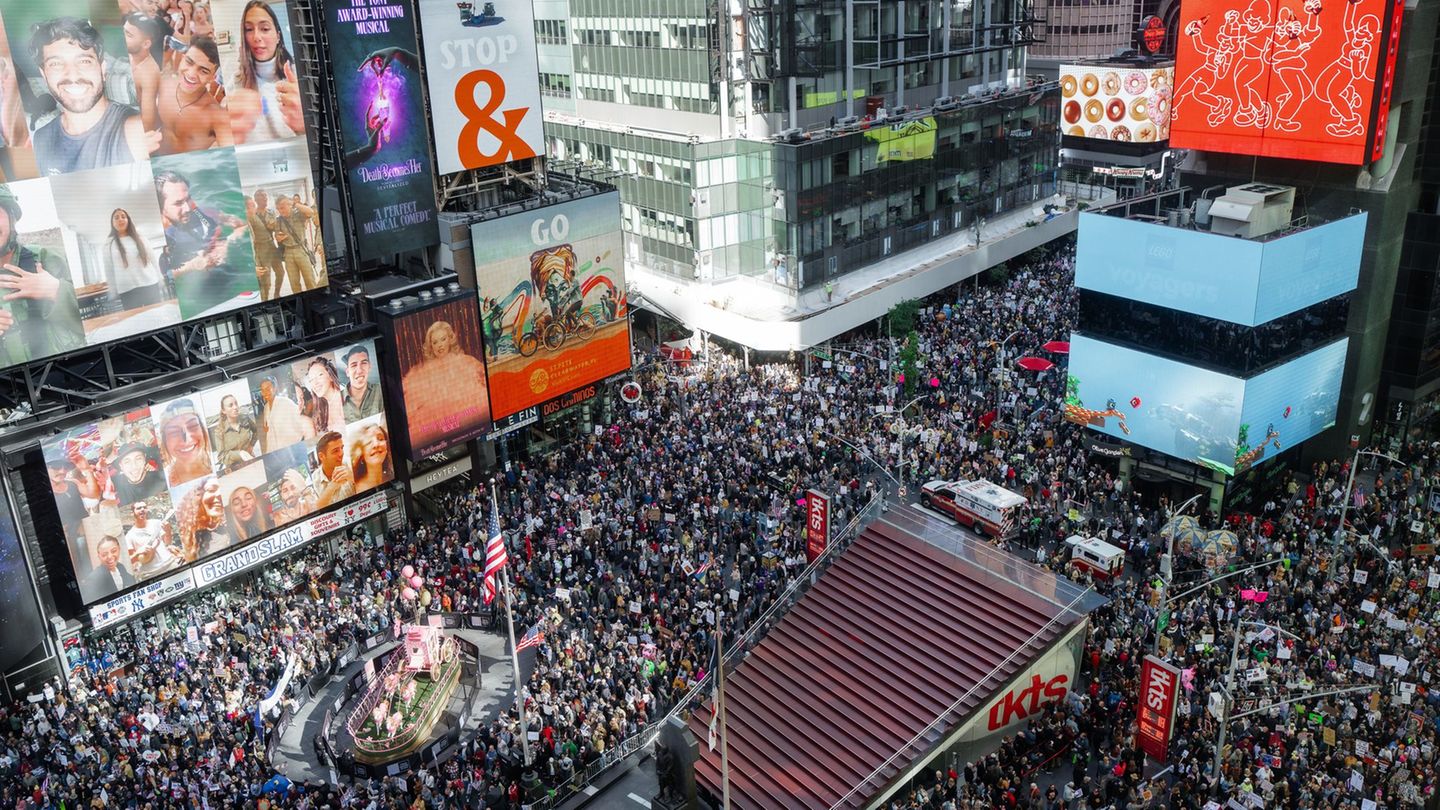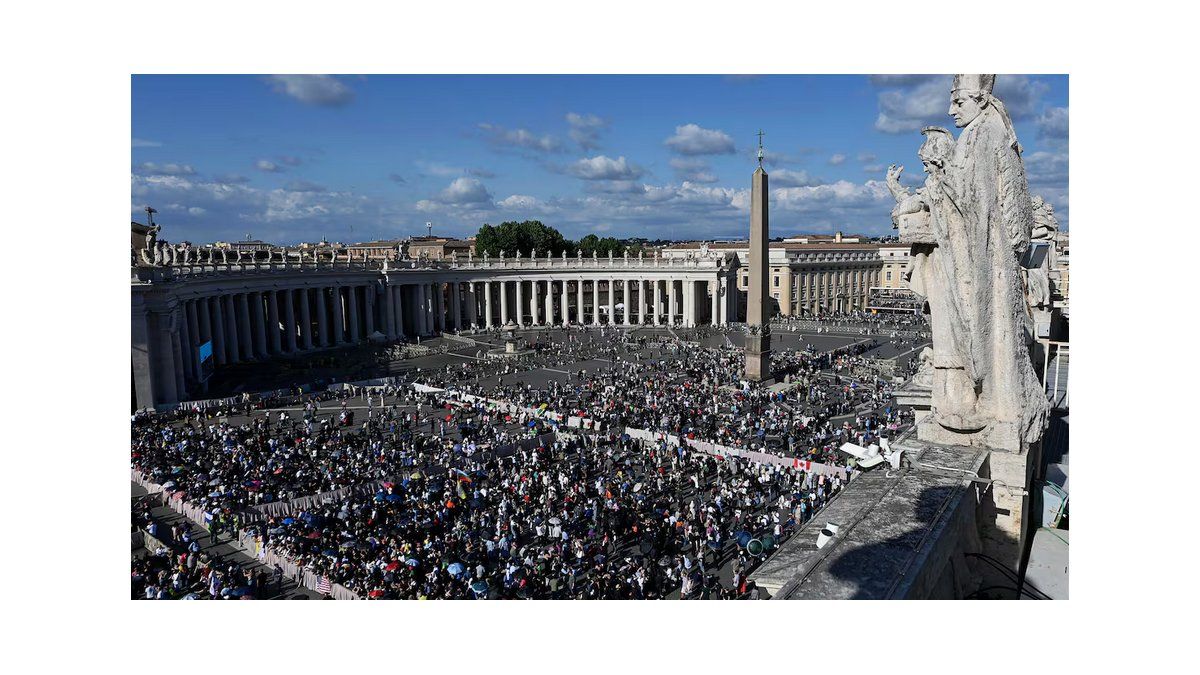The delivery of German battle tanks to Ukraine could be significantly larger than previously expected. The federal government has now approved the industry to export older Leopard specimens.
The federal government has approved the export of Leopard 1 main battle tanks from industrial stocks to Ukraine. This was confirmed by government spokesman Steffen Hebestreit on Friday in Berlin, without giving any further details. So far, the federal government had only announced the delivery of the more modern Leopard 2 tanks from Bundeswehr stocks to Ukraine, which was attacked by Russia.
Ukrainian Ambassador Oleksii Makeiev welcomes the approval and advocates speedy delivery. “Following last week’s historic decision on the Leopard 2, it is an important sign that the armored coalition was not only formed by the western partners, but is growing and becoming stronger,” Makeiev told the German Press Agency on Friday. One is now in contact with the German side to quickly bring the Leopard 1 tanks to the front, said Makeiev. “We have no time to lose.” He was glad that this message from President Volodymyr Zelenskyj had arrived in Berlin.
According to a report in the “Süddeutsche Zeitung”, Rheinmetall and Flensburger Fahrzeugbau Gesellschaft (FFG) want to prepare dozens of Leopard 1 tanks for export to the Ukraine. According to media reports, Rheinmetall has 88 Leopard 1 tanks.
The repair could take many months. “Even if the decision is made tomorrow that we can send our Leopard tanks to Kyiv, delivery will take until the beginning of next year,” Rheinmetall CEO Armin Papperger told “Bild am Sonntag” in mid-January. “The vehicles are not only repainted, but have to be converted for a war effort. They are completely dismantled and then rebuilt.”
Repair will be expensive
Rheinmetall cannot repair the tanks without an order because the costs are several hundred million euros, said Papperger. “Rheinmetall cannot finance that in advance.”
According to Hebestreit, the application for the export of the tanks was made “some time” ago. He declined to comment on further details. “I don’t want to say much more at the moment, that will become more concrete in the next few days and weeks,” said the government spokesman.
The Leopard 1 is the first main battle tank built for the German Army after World War II. 4700 examples were produced from 1965 to the mid-1980s. The 14 Leopard 2 tanks that were promised last week after much back and forth are significantly more modern.
The Bundeswehr retired its last Leopard 1 tanks 20 years ago. According to the manufacturer, nine countries on five continents still use the tank today.
Norway buys 54 Leopard 2 tanks
Meanwhile, NATO member Norway is buying 54 Leopard 2 tanks from Germany. The Norwegian government has decided to procure the main battle tanks from the German armaments company Krauss-Maffei Wegmann, as Prime Minister Jonas Gahr Støre announced on Friday at the Rena military base around 150 kilometers north of Oslo. There is also an option to purchase 18 more such tanks.
Støre emphasized the close and good relationship between his country and Germany. The Federal Republic is playing an increasingly important security policy role in Europe. Støre said he informed Chancellor Olaf Scholz about the purchase in the morning.
The first of the new Leopard tanks are expected to be delivered in 2026, Defense Minister Bjørn Arild Gram said. According to government information, the purchase is within a budget set by Parliament of 19.7 billion Norwegian kroner (around 1.8 billion euros). This framework therefore covers more than the actual purchase of the tanks. The negotiated purchase price was kept secret.
The Norwegian parliament had approved the procurement of new main battle tanks in 2021. The Scandinavian non-EU country then considered several different tank models. According to Norwegian media reports, the decision ultimately fell between the Leopard 2A7 and the South Korean Hyundai Rotem K2 Black Panther.
Norway currently has 36 older Type 2A4 Leopard tanks. Støre’s government has announced that it will deliver some of them to Ukraine – how many is still unclear.
Source: Stern
I have been working in the news industry for over 6 years, first as a reporter and now as an editor. I have covered politics extensively, and my work has appeared in major newspapers and online news outlets around the world. In addition to my writing, I also contribute regularly to 24 Hours World.




